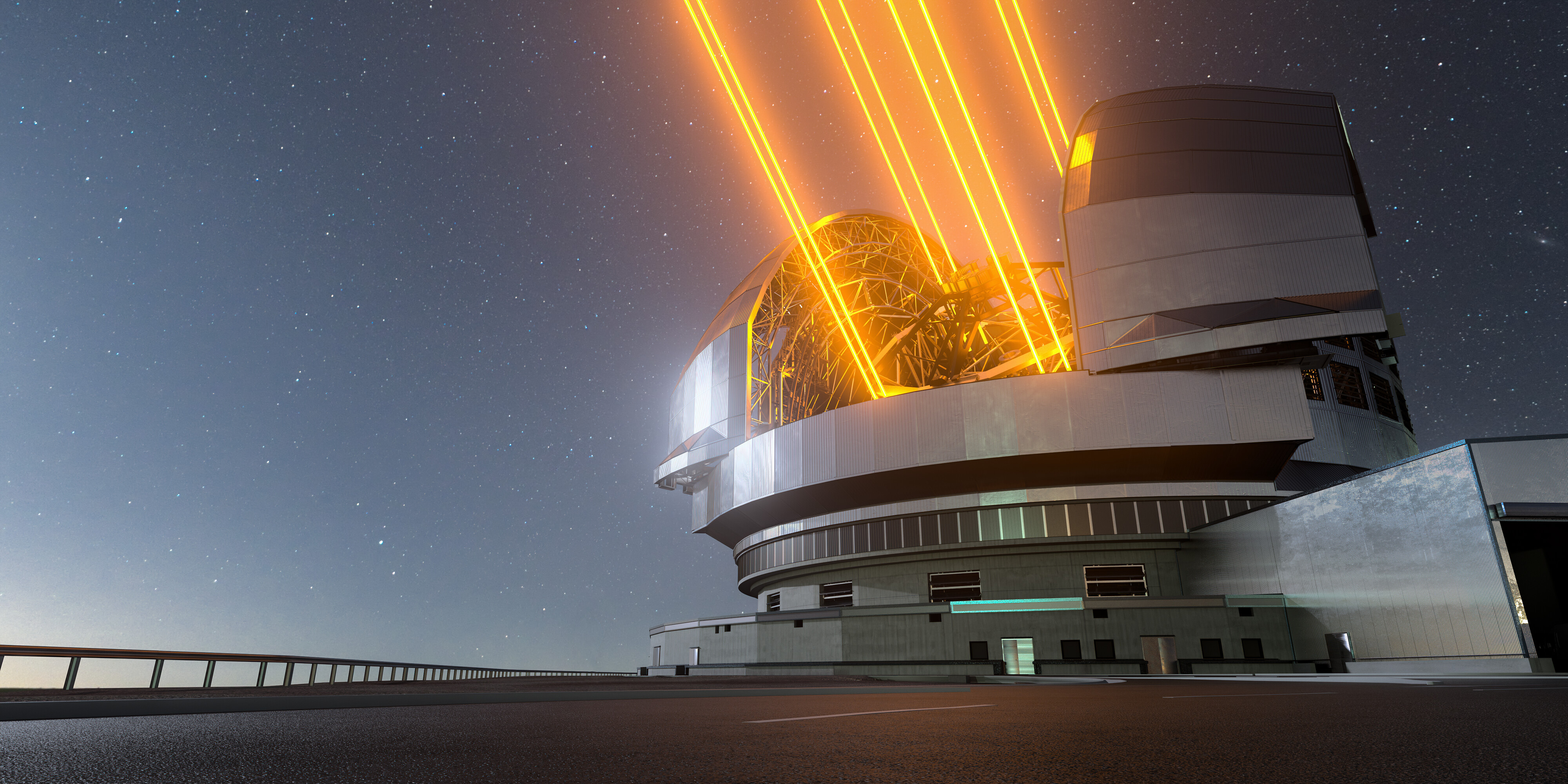ELT Central Software

ESO’s Extremely Large Telescope (ELT) will be the biggest ‘eye on the sky’ when it achieves first light later this decade. The telescope uses lasers to create artificial guide stars to measure how much the light is distorted by turbulence in the Earth’s atmosphere. The deformable M4 mirror adjusts its shape in real time to compensate for these changes in the atmosphere, helping the ELT produce images 16 times sharper than the Hubble Space Telescope.
Two Polish companies active in the space sector – Warsaw-based N7 Space and Poznan-based ITTI – have begun cooperation on software development for the Extremely Large Telescope (ELT) built in Chile by the European Southern Observatory.
The European Southern Observatory (ESO) is an international scientific organization focused on advanced astronomical observations, founded in 1962 by 16 European countries (including Poland) and Chile. In Chile’s Atacama desert, which provides globally unique conditions for sky observation, the world’s largest telescope is being built, whose dome will conceal an extremely precise optical instrument with a main mirror as large as 39 meters in diameter. The ELT will allow it to capture 25 times more light than the world’s current largest optical telescope with a diameter of more than 8.2 meters, the VLT (Very Large Telescope), also operated by ESO.
N7 Space and ITTI participate in the development of the central software controlling the telescope and its subsystems (Central Control System) since March 2023. The cooperation undertaken is the result of a successful tender in which the two entities submitted a joint bid.
The Central Control System (CCS) is responsible for system-level functions and safety. The CCS is tasked with integrating multiple control systems, including both electromechanical sensors and detection of objects in the sky. The centerpiece of the CCS is the Telescope Realtime Executor (TREx) mirror control subsystem, which is responsible for image stabilization and noise correction.
The CCS provides an interface to instrument control systems enabling scientific observations. When the instrument control system directs the CCS to aim the telescope at a given celestial body, it decomposes this request into operations in the telescope’s individual subsystems: initial alignment of the main structure to point at the target, rotation of the dome, steering of the mirrors to obtain the best possible image with respect to the position of the target, and initial calibration of the guiding star tracking apparatus to further correct the telescope’s optical parameters.
The goal of building the ELT is to facilitate solving the greatest scientific challenges of our time, including finding Earth-like exoplanets orbiting in the ecospheres of other stars where life could exist. The Extremely Large Telescope will also make fundamental contributions to cosmology by studying the nature of dark matter and dark energy. Other key areas of science related to the project include the study of stars in our Galaxy and beyond, black holes, the evolution of distant galaxies, all the way back to the first galaxies in the so-called “Dark Ages,” the earliest epoch of the Universe, just 380,000 years after the Big Bang.
The Extremely Large Telescope is expected to be operational in 2028.
Read more about the ELT project https://elt.eso.org/
More about the ELT CCS https://elt.eso.org/telescope/controls/#telescope-controls-layers